Last updated on April 2nd, 2025 at 01:02 pm
The Technical Program Manager Career Path and growth is one of the most often asked questions. In this post, I will go into details of what I believe are the career paths to becoming a Technical Program Manager (TPM) and I will also share my personal journey on how I became a Technical Program Manager. An interesting tangential read would be “Demystifying The Roles & Responsibilities of Program Managers“.
How Do You Start?
What is the Technical Program Manager’s Career Path and where and how does one begin is the primary question here. And unfortunately, the answer is not straightforward. For this, you need to understand the two primary areas of competency for TPMs
a) Technical Knowledge
b) Program and Project Management.
For individuals with a Technical Acumen
There are some roles that have a high emphasis on an individual’s technical ability like – Software Developers (SDE), Software Development Managers (SDM), Software Development Test Engineers (SDET), Solution Architects (SA) these are a few of the individuals who could become a Technical Program Manager if they can pick up the project/program management skills.
To pick up the project or program management skills they would ideally need to do a PMP Certification you can do the certification if you prepare using the PMP Exam Prep Guide. Though you don’t see a lot of jobs explicitly asking for a PMP certification I can guarantee you that it will help you on the job or while you interview for the role.
The second one is to do the ScrumMaster certification. This helps in understanding the ins and out of running a Scrum team. You might have in the past been part of a scrum team, but running an effective Scrum team is a whole different story.
Well, now that I have given some information about what you need to learn I would like to throw a word of caution.
The Technical Program Manager role is unique, it requires you to be tolerant of the various needs and attitudes of people. You as an individual need to understand that a TPM is there primarily to enable the smooth sailing of the program you are responsible for. The buck stops with you which means that you are the single individual who is responsible to make an initiative successful and you would need to do whatever it takes to make that happen.
A lot of devs and SDETs who make this transition fail to realize that a TPMs role is tough and requires a lot of behind-the-scenes work. You need to be a people person who thrives in an environment that is always dealing with ambiguity. It’s not everyone’s cup of tea!
From a transition perspective, this is a relatively easy transition. I say so because it is a relatively easy job to learn Project and Program Management and a much tougher route to learn the technical aspects of things. It is important to note however that Project management is said to be an art more than a science and the reason for this is some things cannot be taught it is a rare skill that few acquire after years of experience.
I have a lot more information on my Udemy course on the same topic 🙂
Over 18k Students have taken the course and it has over 4k Reviews !
Individuals who have the Program Management Skill
There are a LOT of people who are project managers, IT project managers, Program Managers who aspire to be Technical Program Managers. The Technical Program Manager Career Path is a lot harder for individuals who have little or no technical exposure. It is not impossible but its a long road. And when I say its a long road I mean it requires dedication and a lot of learning may be over a period of 2-4 years at the very least.
The reason for this is that there are so many nuances and technologies to understand to be an effective TPM. Technical Program Manager Career Path comes with learning a great breadth of technologies. You can find more information in this blog post detailing TPM interview Questions. and a course for you to “Ace The TPM Interview” as well.
Even learning all the technologies would not be enough because you need to know how they all fit together. The only way to do this is to get a job as a Project or Program Manager in a tech organization and slowly shadow a TPM to learn about the breadth of technologies, various pieces involved and understand how they fit together.
The second and most important thing to remember is a TPM needs to be passionate about technology. The reason behind this is that technologies changes at a rapid rate, every month or two there is something new. There is a brand new trend every 4 to 6 months. And the TPM needs to know the breath of these emerging technologies, how they fit together and how they are different and what problem each of them solves.
Every organization is different and the levels may vary. But in general you have the below levels:-
- Technical Program Manager
- Technical Program Manager II
- Technical Program Manager III or Senior Technical Program Manager
- Principal Technical Program Manager
- Sr Principal Technical Program Manager
The above is if you would like to be an individual contributor all the way. I will detail below what the people management rote looks like. But before we go there let me shed some light into what the various levels mean.
In my opinion, the levels are determined by how well one performs at the interview. Every organization has a certain bar or call it a yardstick they measure a Technical Program Manager against. In general, you are measured for :-
- Technical Competency
- Project / Program Management & Agile Experience
- Past Experience in Handling & Leading Development Teams
Depending on how you as a Technical Program Manager perform against the organizations’ yardstick you are assigned a level and the respective salary band for that role. You can look at the various salaries of different program manager roles here.
If you are already at an organization and you are looking to move up the best thing to do is to talk to your manager about how you are doing at your current level and what the expectations for the move up would be.
How a Technical Program Manager Career Path Levels Are Determined:-
- IMPACT – The level of impact though hard to measure is the main yardstick. Look around you, look at people a level up or at your same level and access the impact of the programs they own and run.
- The Technical Program Manager brings to the Team and the organization as a whole. Understand the holistic approach of running a program.
- Owning and driving critical and high visibility and high-risk Projects / Programs.
Though you might feel that the above bullets are ambiguous let me tell you that really are not. Let me compare a Technical Program Manager vs a Principal Technical Program Manager.
A Technical Program Manager (TPM) is responsible for –
- Generally works embedded in a development team
- Enabling the team to launch various features.
- He leads the sprints, gathers requirements from the product managers.
- Sets up architectural reviews with teams consuming the service.
- Manages the KPIs the team is responsible for.
- Helps out in on-call and escalations.
- Responsible for all communication and is the sole face of the team
A Principal Technical Program Manager, on the other hand, does all of the above and also:-
- Takes on high risk and high visibility programs
- Is able to handle programs that touch a multitude of teams
- Handles Cross-team dependencies well.
- Is the face of an entire business unit
I hope that gives you a sense of the differences between the levels of a Technical Program Manager.
Let’s move on to the People manager principal Technical Program Managers. After the Level II TPM or a Senior TPM, you have an option to either be an individual contributor as a Principal TPM or to become a Manager/Director of Principal Technical Program Managers. This role again has levels I to V but has TPMs reporting to them.
In many organizations, you have one Manager/Director TPMs for one business unit. He/She is responsible for all the delivery across all the programs for that specific business unit. The people managers are generally there so that there is cohesion between all the TPMs working on that team. Often teams like this need to constantly exchange information and are reliant on each other to function in excellence, which is why a unified reporting structure makes sense.
One other outcome of the various levels are the salaries an individual receives as he/ she moves up. You can get a good picture of the various salaries here – Technical Program Manager (TPM) Salary Analysis and Salary Analysis of Senior Program Managers.
My Story
I thought it would be a good idea to share my journey here. To give readers a bird’s eye view of how things morphed in my career. It has been a wonderful journey as well as a long one.
I did my bachelor’s in engineering, learned a little bit of programming while I was doing my engineering course. The most important thing that my undergraduate in Electronics and Communication taught me was analytical skills and not to shy away from the technical details. Once I completed my undergraduate course I went on to do my MBA at Cardiff University. This helped me in understanding the business and people’s acceptance of almost everything I look at.
After I finished my MBA I joined Oracle as an Account Manager. An Account Manager is a fancy way of saying Sales Rep. It was a high-pressure job that I really enjoyed and excelled at. I won several awards and was leading a team in less than two years. Being in sales taught me perseverance and never to give up on my goals. Working at Oracle exposed me to technology, I went on to do my E-Business Suite certification where I learned the intricate details of how one of the most complicated ERP applications worked.
I knew deep down that I wanted to somehow start working on the technology. I tried for a while to be an Oracle E-Businesses Suite Functional Consultant armed with my E-Business Suite certification. But that never took off.
I spoke to several people and was told that I needed to start somewhere at the bottom. Some people told me that I could start as a manual tester. So that’s what I did, I re-started my career as a manual tester. I then studied automation and moved up to become an automation tester and eventually became an SDET. I did that for some time before becoming an SDET Manager. By this time I had a good understanding of the Software Development Life Cycle, I understood how the various pieces of technology fit together.
One thing I quickly realized was that I had a knack for running projects. Which is when I put in the effort to do my PMP and Scrum certification. This got me a role as an IT-Project manager in a non-tech company. The role was to implement an ERP system.
I was fairly good at the job but soon realized that I needed to know more about the workings of the ERP application itself. I also met a lot of people in Seattle who were working on enabling development teams i.e TPMs.
I understood that the life of a tech company is very different compared to being in the IT Team of a non-tech company. It’s night and day, to say the least. When you are part of a team-building product the organization enables the team to hire the best developers and also is trying things out with cutting edge technology. Here is where a TPM really shines.
I eventually got an opportunity to start as a Program Manager at a small startup and it was amazing. I also had a great manager, who was all about pushing me to study and learn technology. I studied, I learned, I grew from a Program Manager to a Sr. Program Manager and then eventually to a Sr Technical Program Manager.
This move to a Senior Technical Program Manager was probably the hardest shift. I had to learn so much but my manager and organization enabled my growth and learning. It’s definitely hard to make this shift if your manager does not see the potential in you or if you are not hungry to learn more.
Hope that gave you a sense of what the Technical Program Manager Career Path looks like.
What do you need to be doing?
- Keep learning – Yes, never stop updating your knowledge and skills. Be it on-the-job learning or just picking up simple, little things from the latest books, blogs, podcasts, meetups, udemy, pluralsight, edX, or going to tech conferences. Today you have a tremendous amount of information available at your fingertips. Make good use of your time and spend a significant amount of your day in learning new things. Keep tabs on the hottest trends and predictions in your space. Be the best at what you do and keep learning.
- Always stay on the lookout for new opportunities. Set up job alerts on indeed or Linkedin and look at them every day or at least once a week. This gives you a good sense of companies that are hiring in your domain or location. It also gives you an understanding of the changing landscape of skills that potential employers are looking for. Evaluate the skill sets that you are missing and look at how you can go about acquiring them. Always remember that the skills landscape is constantly evolving. It is imperative that you keep up so that you don’t get left behind.
- Network – Always meet people who are doing interesting things and make connections. Go to meetups, join the local PMI community. Networking is never fruitful if you only do it when you need to move. It’s a continuous effort. Relationships are not forged by an occasional meeting. When you meet people make an impact on the conversation, tell stories, and show that you have interesting insights into what’s happening in your space.
- Setup a 1-1: I offer 1-1 guidance and a plan tailor-made to your current situation. You can book a meeting with me here.
Good Luck!
Ready to level up your TPM Career?
Unlock your potential as a TPM—master the fundamentals, navigate career levels, and excel in your role.


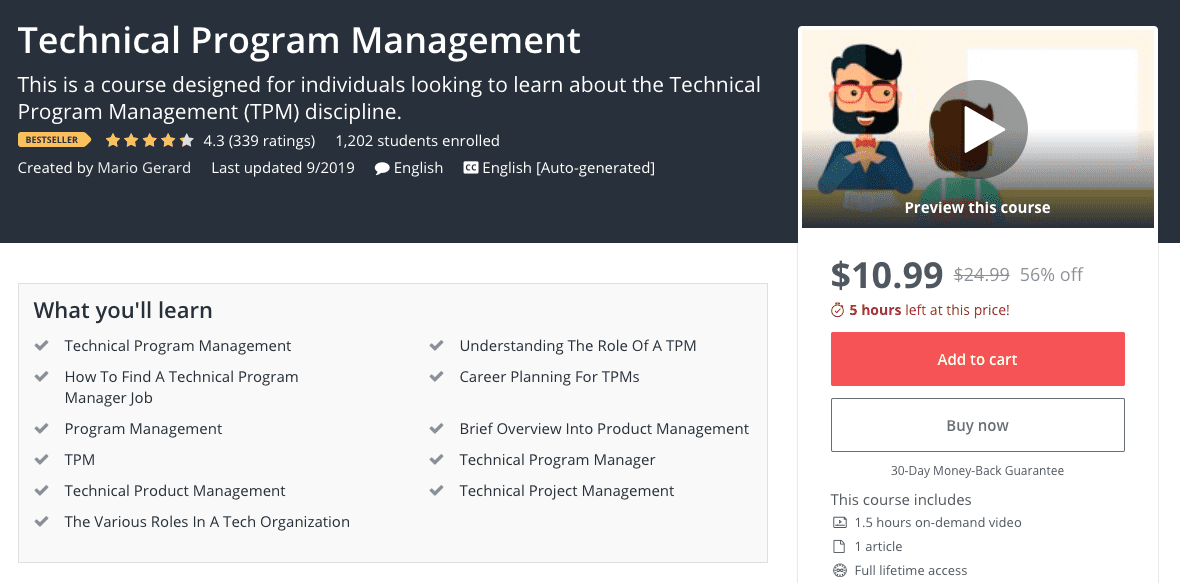
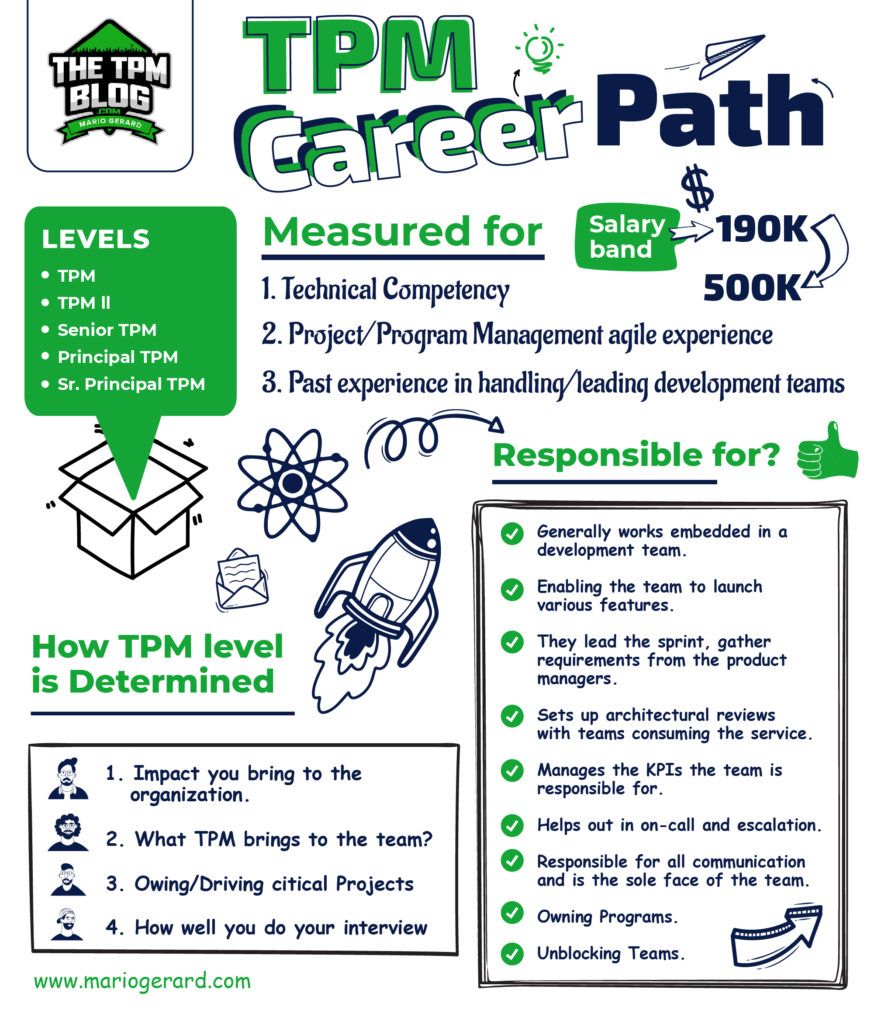
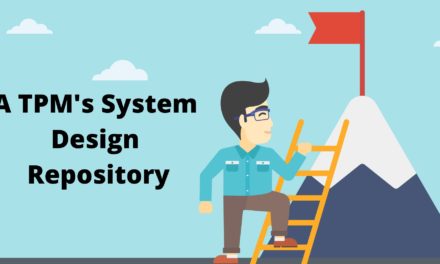


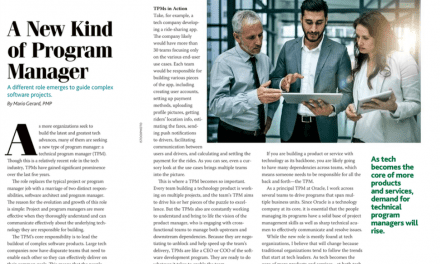






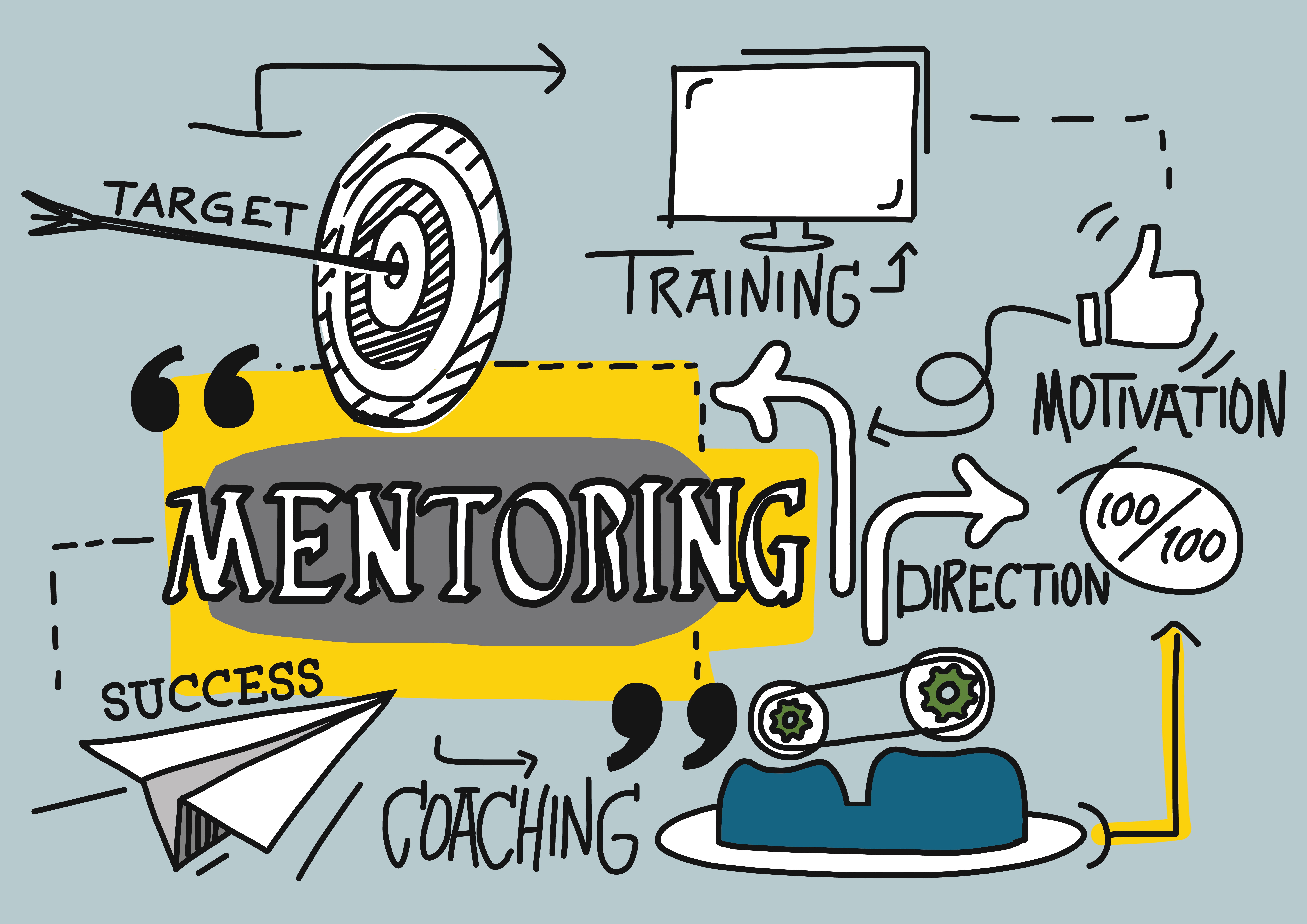
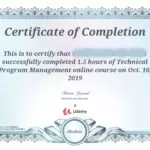




Thanks for sharing this, Mario. As a HR professional who thinking a career transition into TPM, I found this easy read but insightful.
Pankaj T – After a principal TPM you can become a Senior principal TPM or a TPM manager.
What after Principal TPM or Lead Principal?
Thank you Mario for sharing your career journey.
Thanks Mario for sharing it. Very insightful.